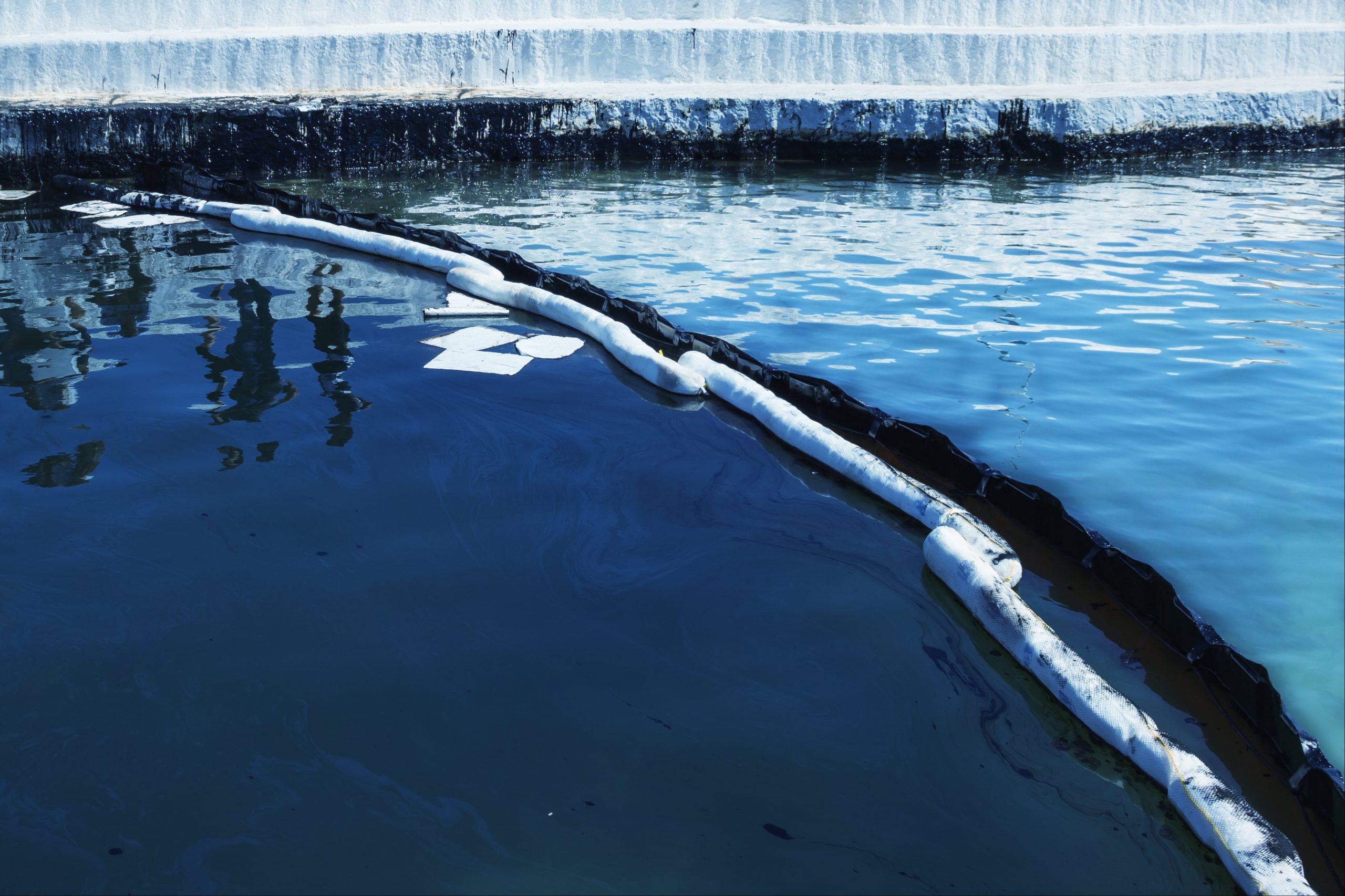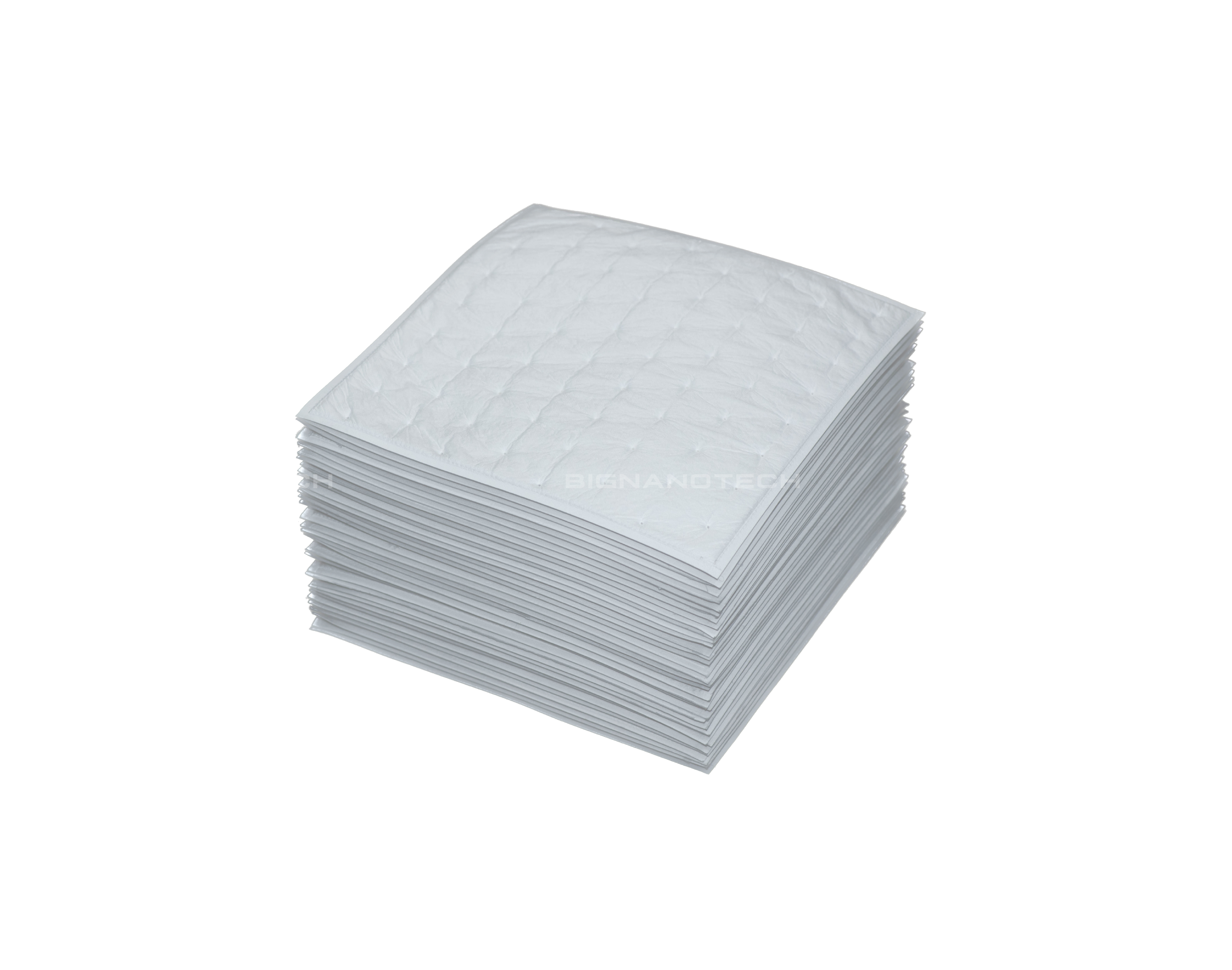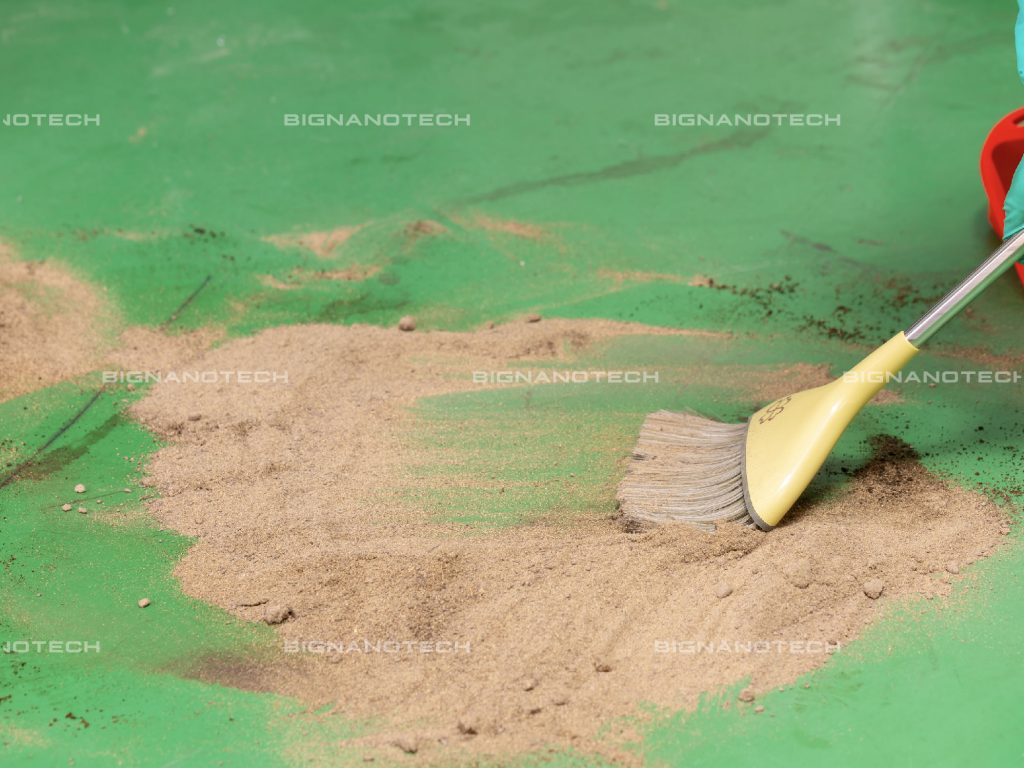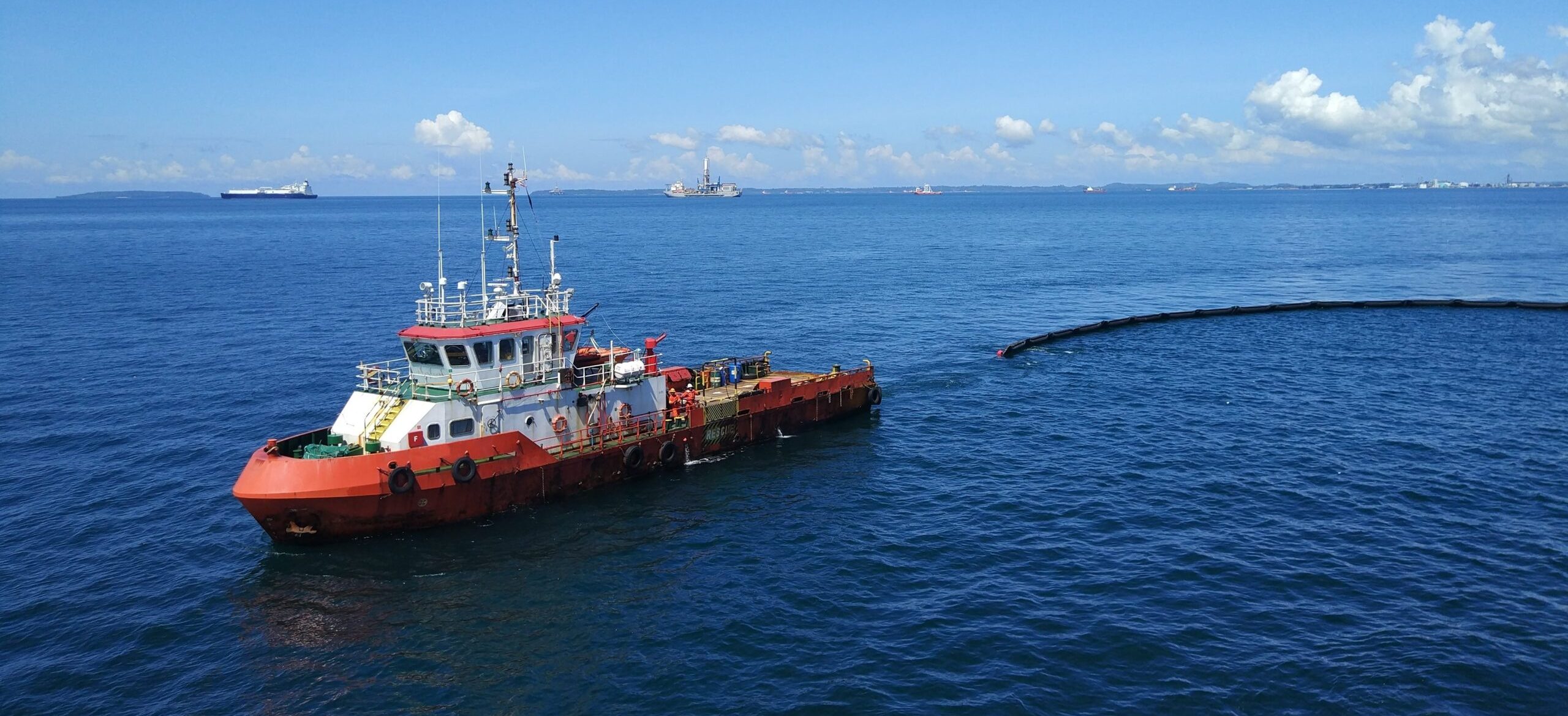
In recent years, all countries around the world have been very concerned about the effects of pollutants on human health, the living environment in general and especially water pollution. and oceans on the earth’s surface. The cause of this pollution is largely due to humans using chemicals and fuels from many different sources, especially petroleum. Although the use value of petroleum is great, due to its dangerous nature (flammable and explosive, highly polluted). Every year we still have to witness many accidents from oil ships causing millions of tons of oil to spill into the sea, causing huge consequences for the earth’s marine resources and environment.
Stemming from that urgency and based on the results of a number of domestic and foreign studies, a number of effective and highly feasible solutions have been proposed to handle oil spills that pollute the environment. sea market from today’s oil tankers. At the same time, limit negative impacts on marine resources and environment caused by maritime activities.

1. Overview of marine pollution due to oil
Basic causes of oil pollution
The main cause is due to tanker accidents and daily operations from oil tankers. Research results show that every year in the world, about 3.5 million tons of oil from all sources are dumped into the sea, of which 400,000 tons are due to accidents at sea, 700,000 tons are due to magnetic manipulation. oil tankers, 300,000 tons due to the dumping of ballast water mixed with oil and 50,000 tons due to the operation of bringing the ship to the repair dock.
Effects of oil pollution on the environment and marine ecosystem
Through many studies and statistics, it has been shown that oil pollution has a serious impact on plankton, seaweed, mangrove forests, aquatic systems, and tourism and recreational activities. ..
2. Basic solutions are often applied to handle oil spills
Use buoys to prevent oil on the water surface
An oil buoy is a type of buoy used to collect and contain oil spills. For ships in the early stages of oil spilling into the sea, buoys will surround the ship, control and narrow the spread of oil on the water surface, and collect oil in a fixed area for ease of evacuation. Pick up and process with the highest efficiency. The oil containment buoy has a buoy body in addition to an anchor rope and connecting plate connecting the buoy sections together.
For example: B620 oil-absorbing crank buoy is manufactured in Vietnam
- Float body: 20 centimeters in diameter, 6 meters long, made from nanotechnology with superior absorbency
- The product is highly durable, resistant to oxidation and seawater corrosion.
- Joint: made of aluminum alloy that can extend the floats together
Because the important function of the oil containment float is to prevent collection and redirect oil away from sensitive areas. Therefore it needs to be flexible to accommodate the movement of the waves, and at the same time have the right flexibility to retain the oil. Therefore, when designing or purchasing oil containment buoys, it is necessary to pay attention to a number of issues such as how to structure them for easy transportation and storage, and have specific characteristics to withstand waves and effectively prevent oil. best. To deal with spills that may occur on Vietnamese oil tankers today, there must be a prepared number of oil containment buoys to suit the actual conditions of each ship. According to data from some Asian countries, they have reserved their oil buoys based on the total amount of oil exported and imported annually by each country.
Use oil recovery equipment on the sea surface
This is the next effective solution to recover and collect oil from the water surface after using buoys to control it. Normally, we often use oil suction machines (or oil troughs) to recover the oil that floats and hovers close to the water surface. There are many types of oil extraction machines (troughs) in use today and can be divided into the following types:
- Vacuum cleaner with floating oil suction head;
- The suction machine uses a spray pump to mix water with air;
- Vacuum cleaner with floating head and oil barrier;
- Rotary drum/disc/belt/oil-absorbent vacuum cleaner;
- Fish pen type singing trough;
- Flow-stop type trough;
- Top plate type singing trough;
- Vacuum singing trough;
- Whirling trough.
The above types of suction machines can be divided into 2 types:
- Fixed type: Cannot move on its own;
- Mobile – self-propelled type: Has self-moving propellers.
No matter what type of suction machine or oil trough you use, the basic task of this specialized equipment is to collect (suck, scoop) oil floating on the water surface or suspended close to the water surface. The oil that sinks due to external influences has no effect on this type of equipment. Therefore, one of the things to keep in mind when using this type of equipment is to carry the element of timeliness and mobility (similar to using oil containment buoys). This means that after the oil spills out of the ship, you must promptly use a buoy to surround it and then use this specialized machine (trough) to collect oil from the water surface as soon as possible.
For further information and product inquiries, please contact:
BIGNANOTECH Co., Ltd
Hotline: (+84) 879 808080 – (+84) 868 939595

